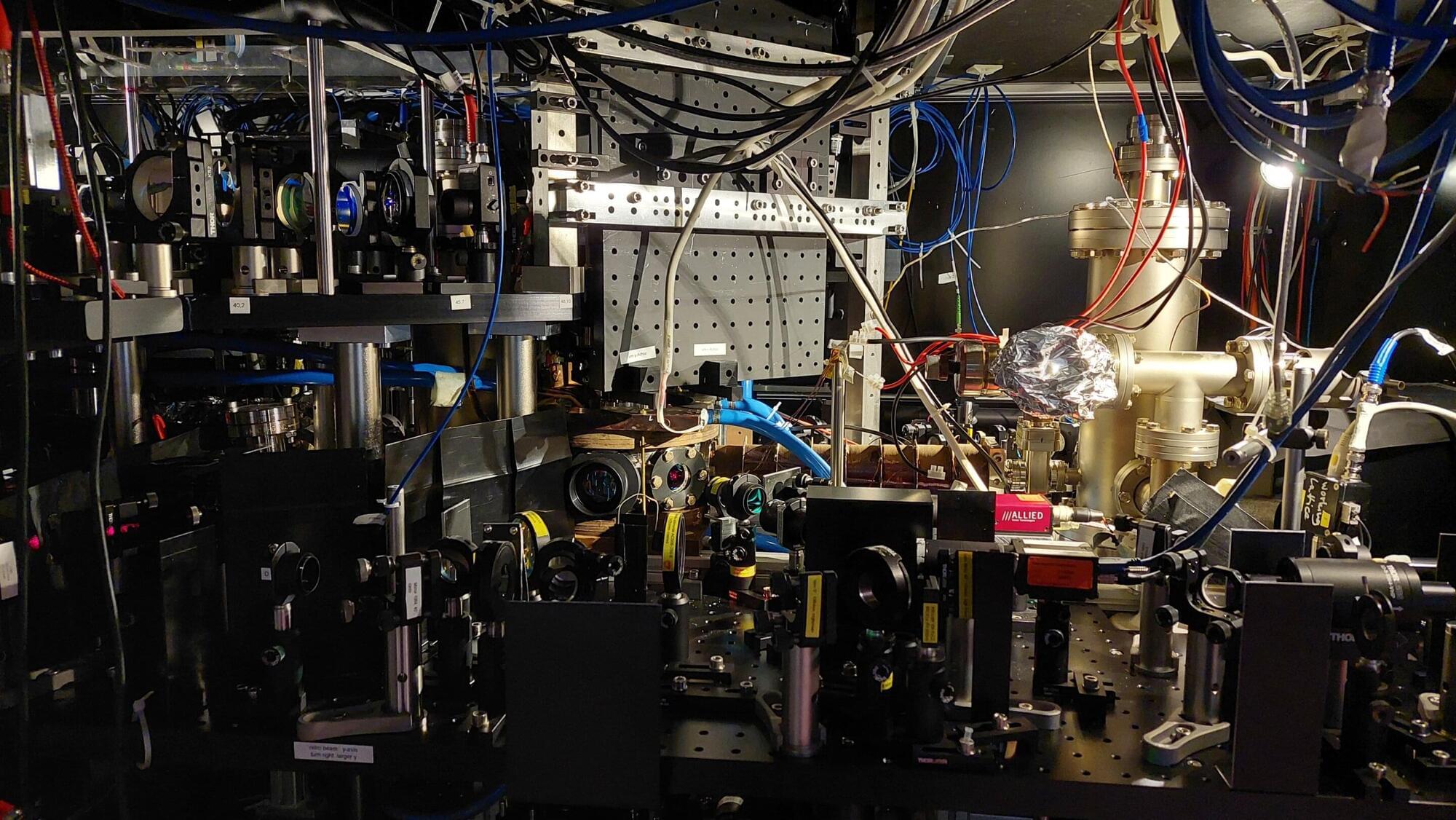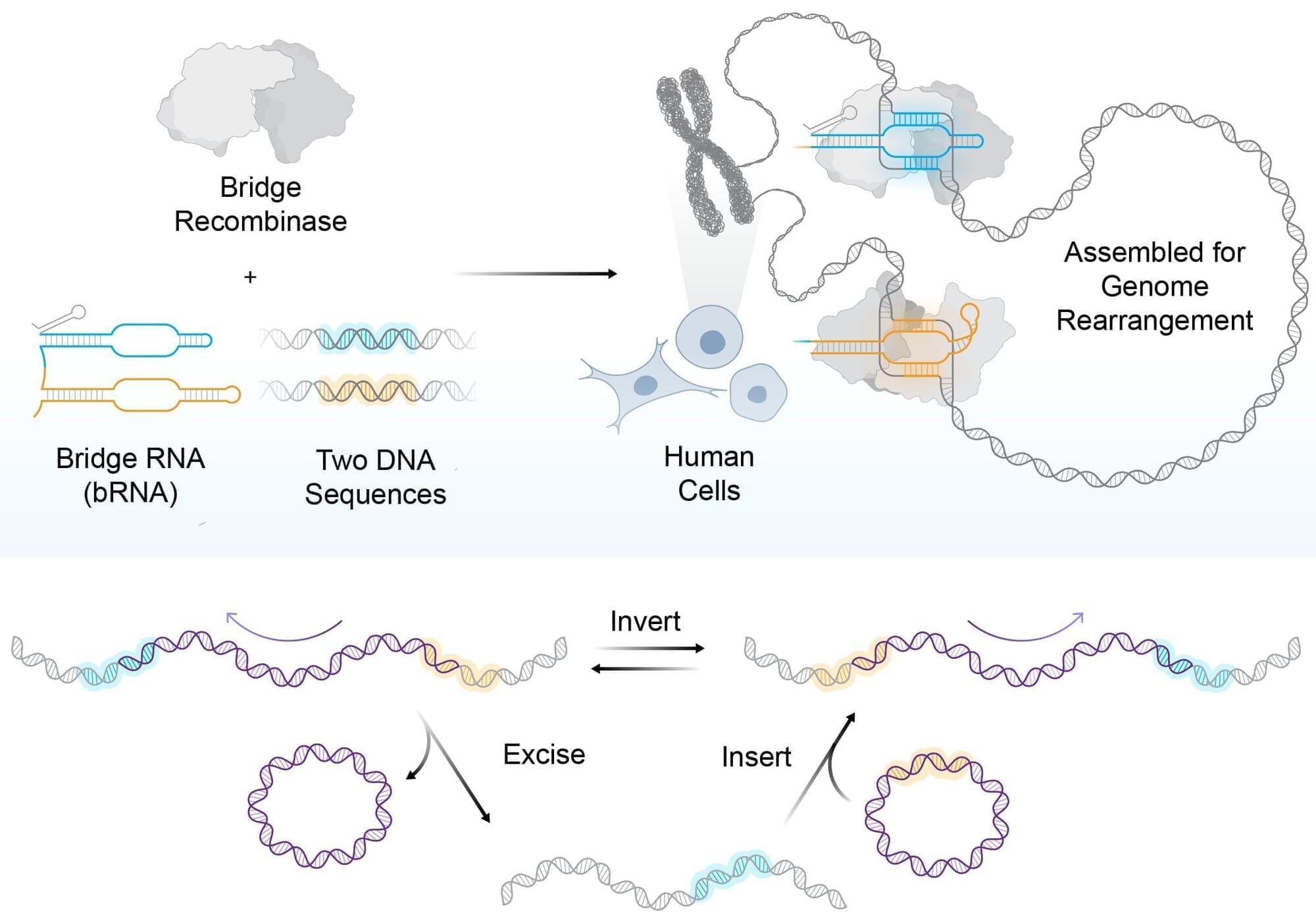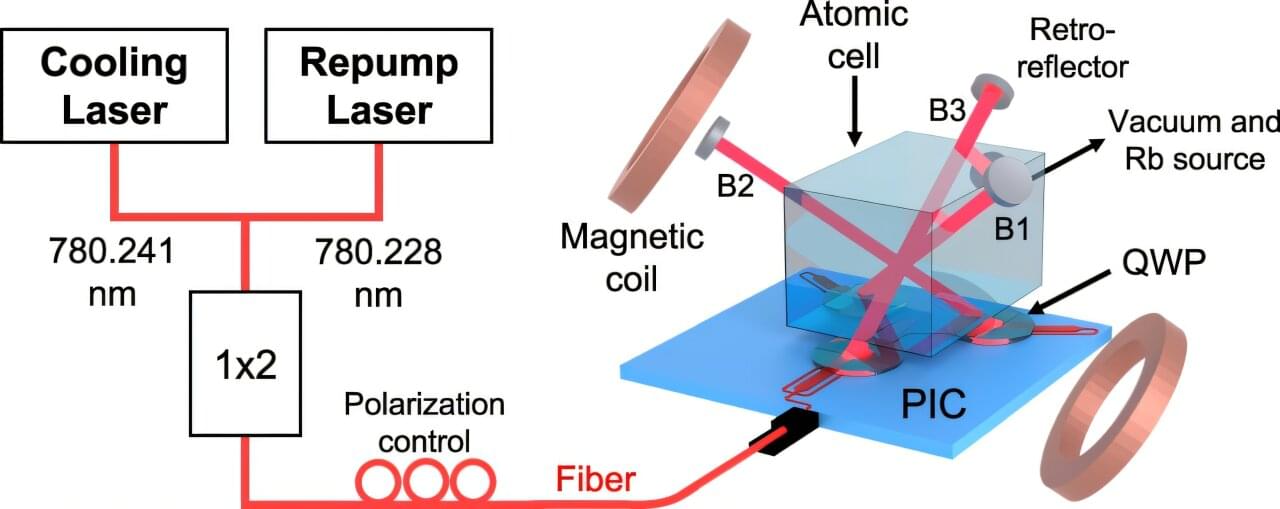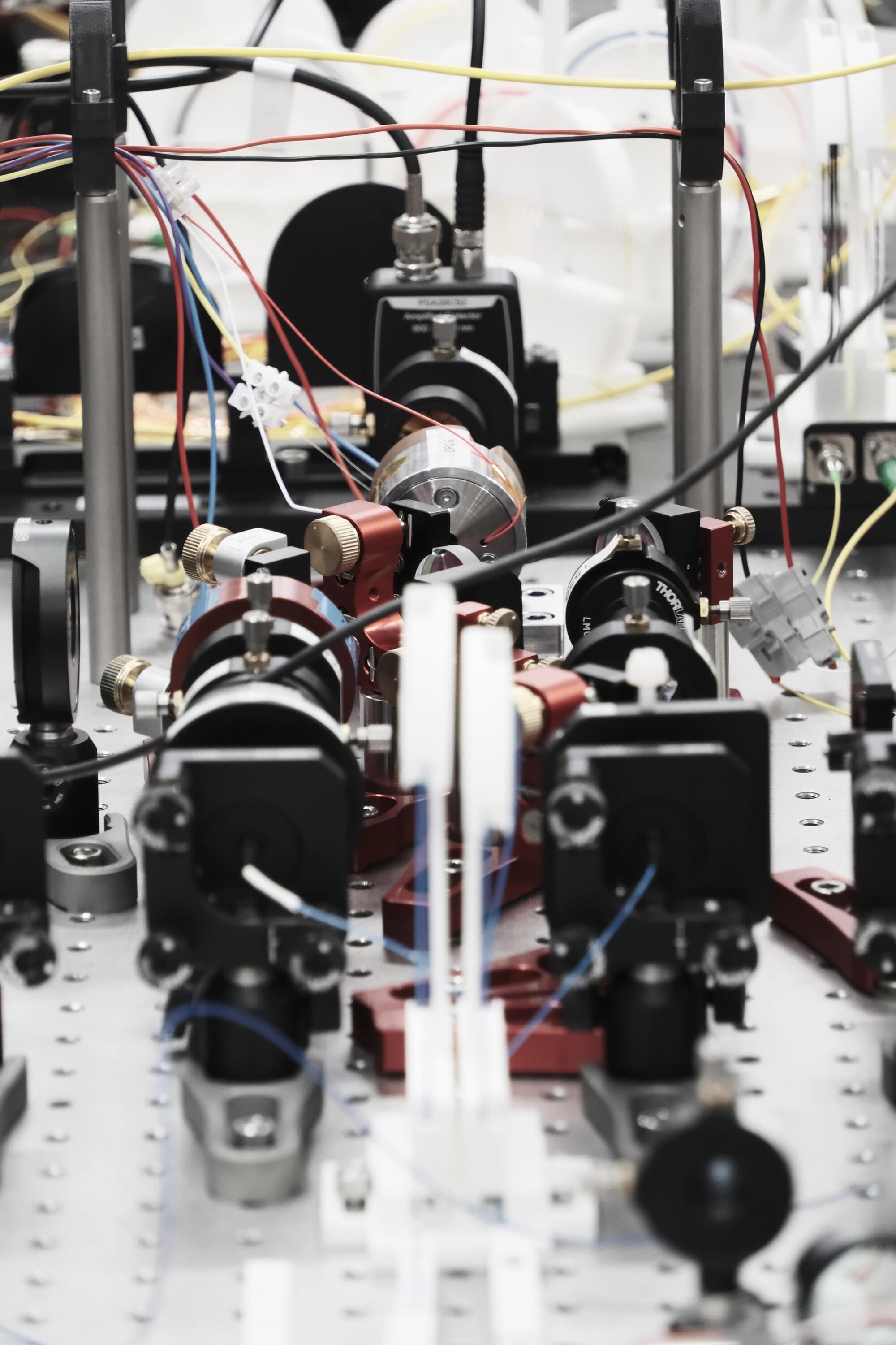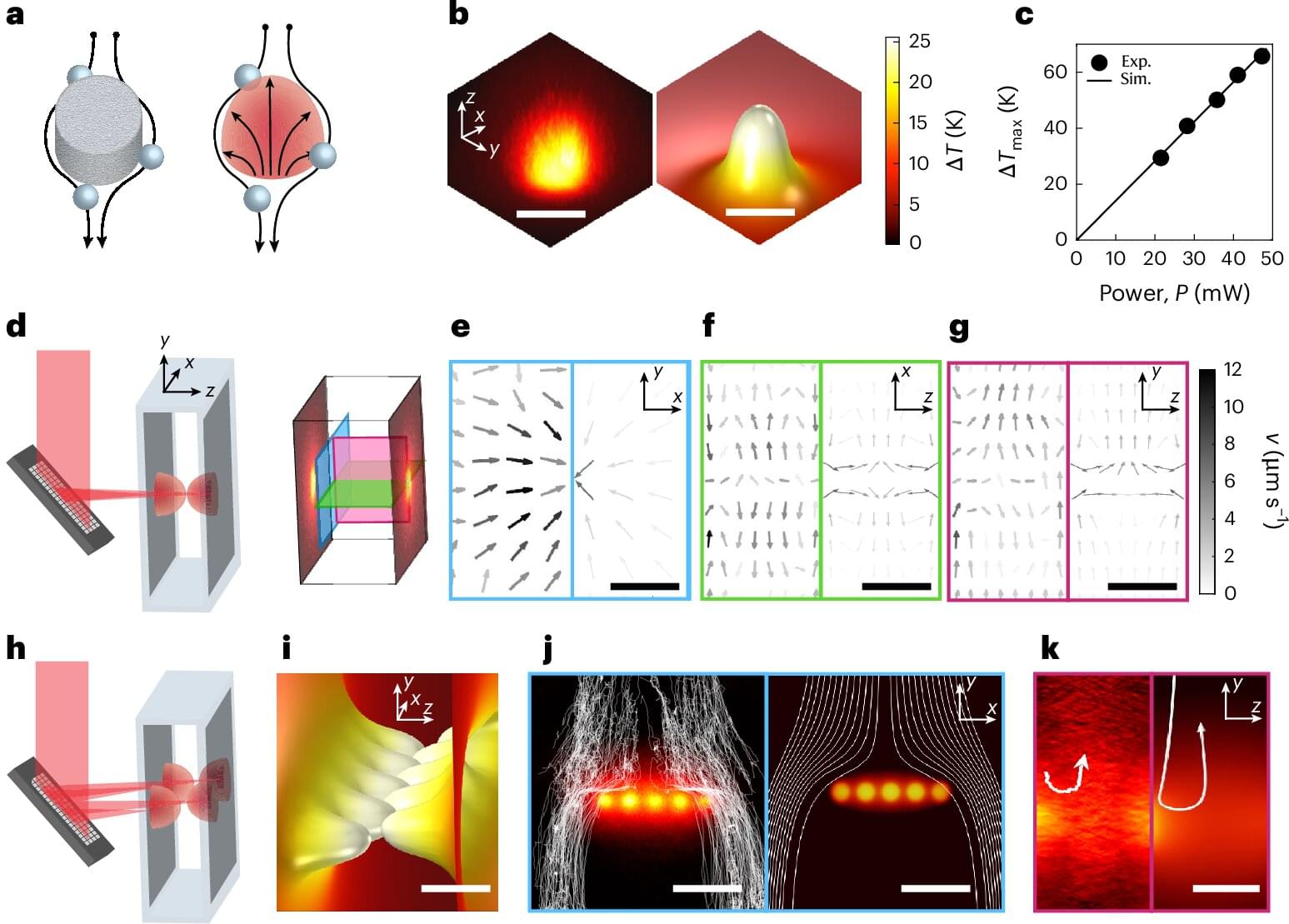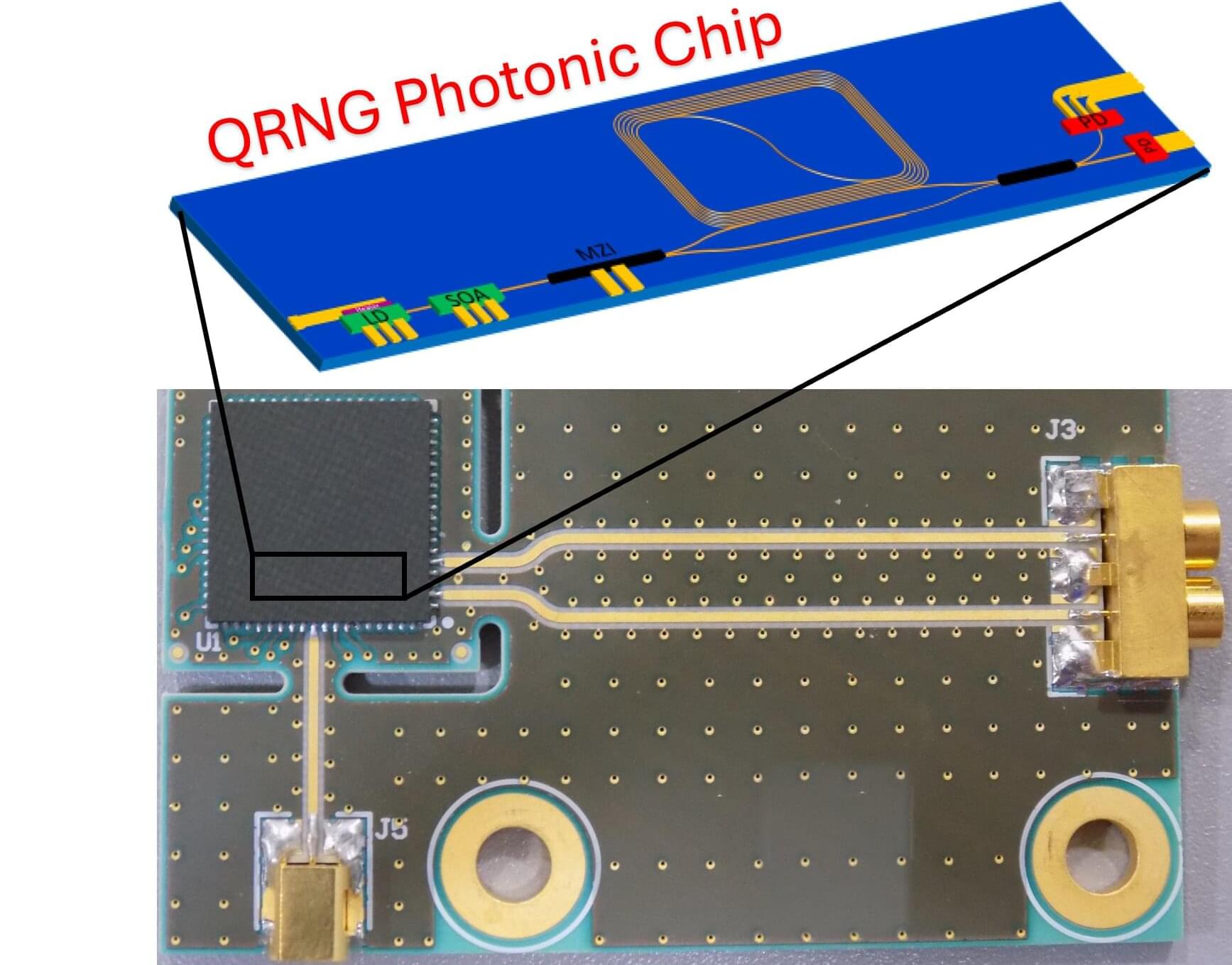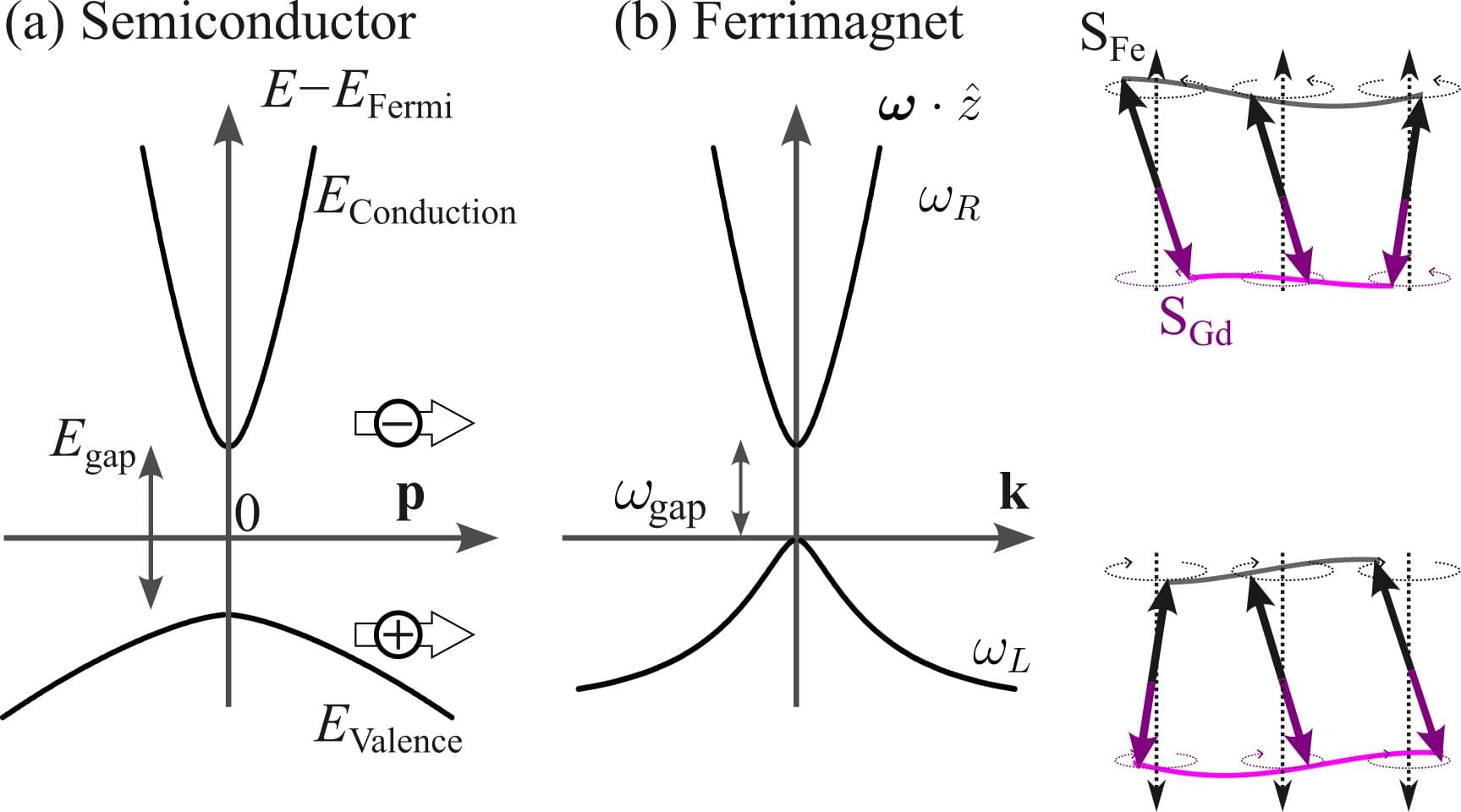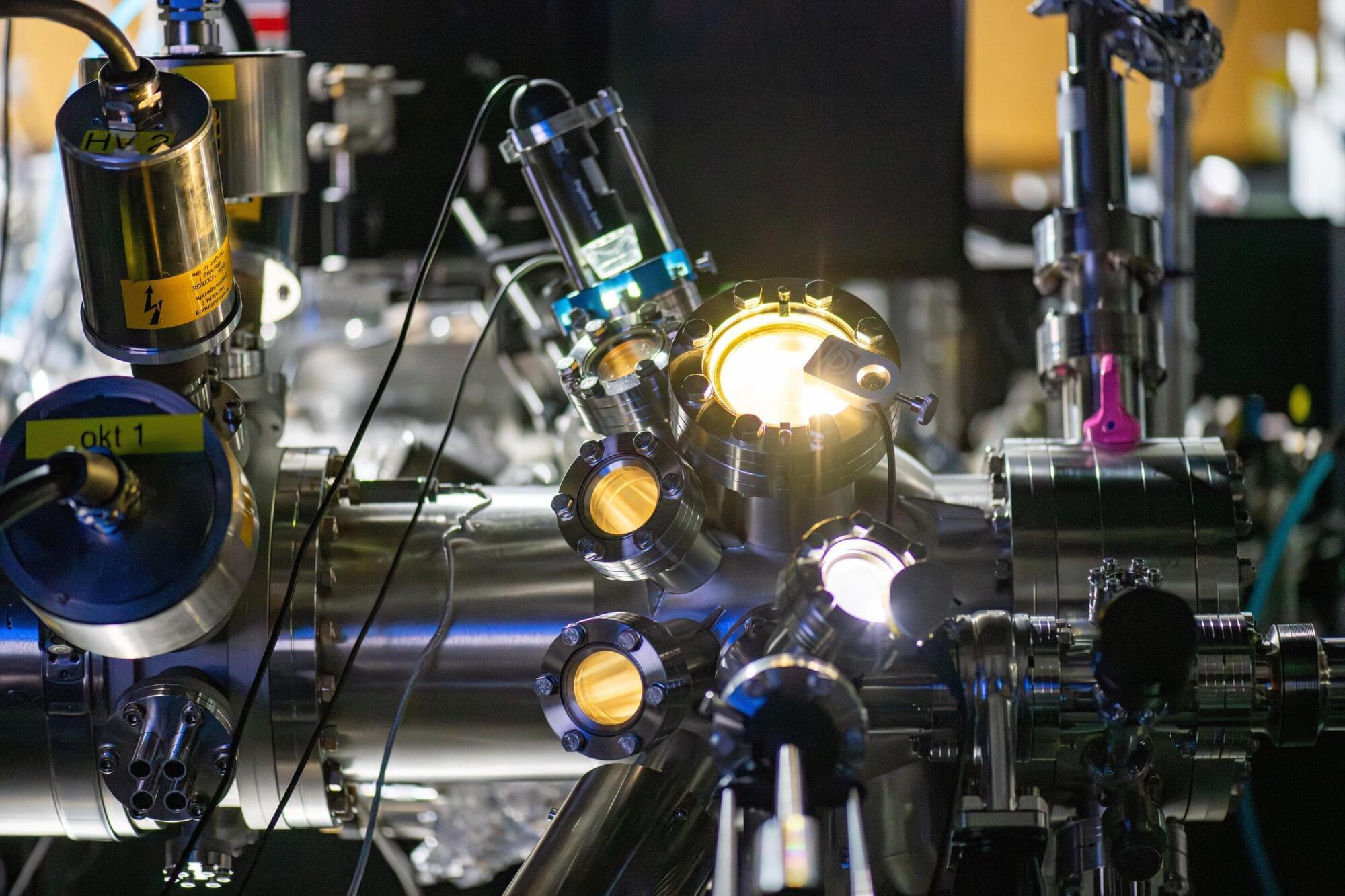The precise imaging of many-body systems, which are comprised of many interacting particles, can help to validate theoretical models and better understand how individual particles in these systems influence each other. Ultracold quantum gases, collections of atoms cooled to temperatures close to absolute zero, are among the most promising experimental platforms for studying many-body interactions.
To study these gases, most physicists use a technique known as single atom –resolved imaging, which allows them to detect individual atoms and probe correlations in their behavior. Despite its advantages, this imaging method has a relatively low resolution, thus it fails to pick up a system’s subtler features.
Researchers at Heidelberg University recently devised a new strategy to magnify atomic wave functions, offering a mathematical description of the system’s quantum state, which could help to overcome the limitations of conventional single-atom imaging techniques.
